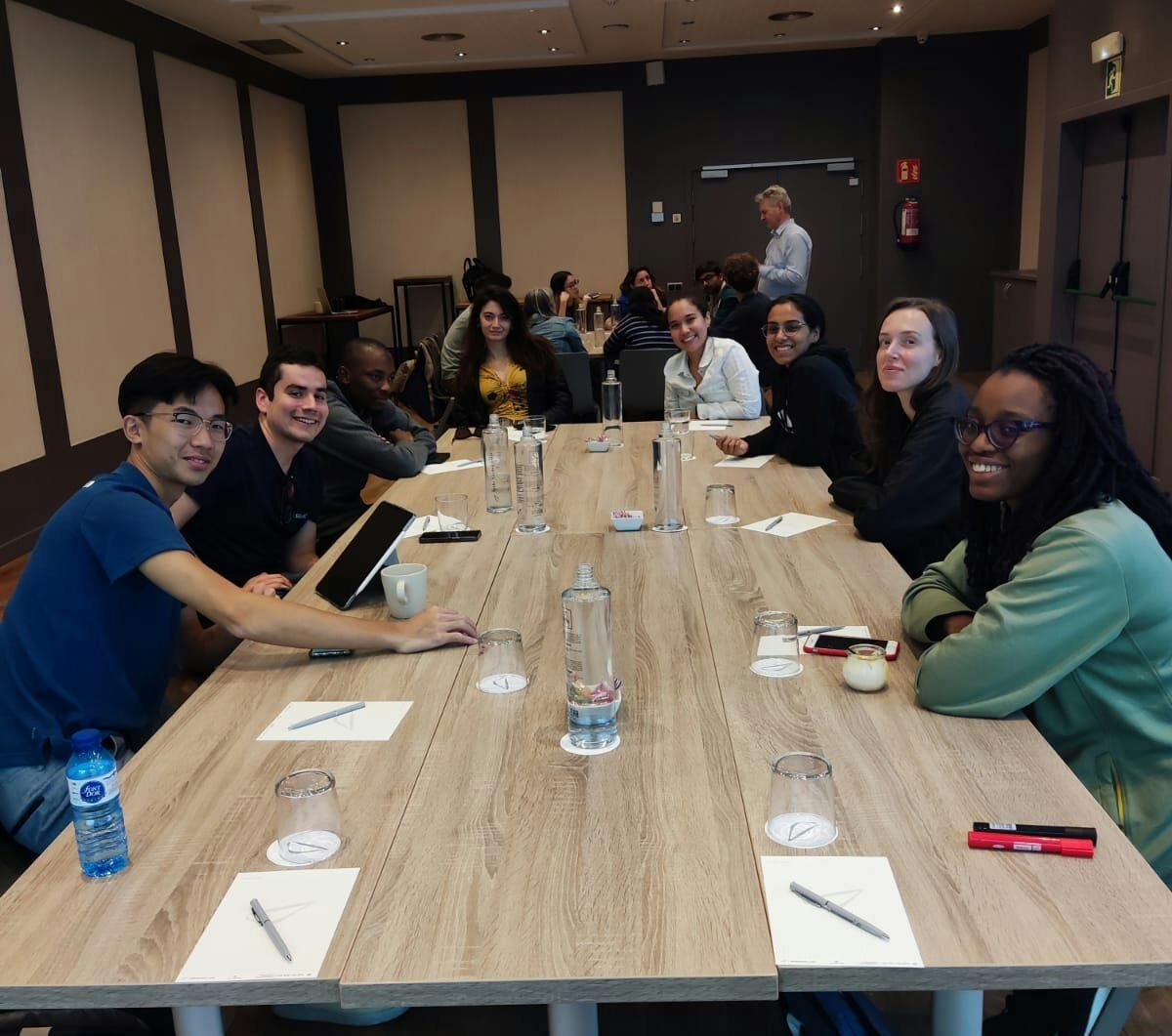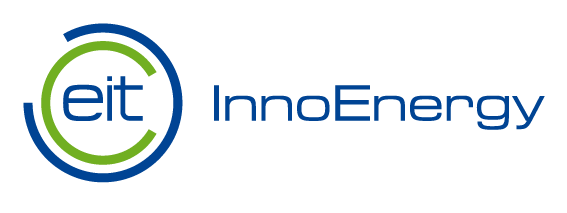InnoBlog: Exam Seasons – Course Structure and Exam Formats

At the heart of every academic institution, the exam period signifies the culmination of courses. However, the types of exams taken can vary significantly across different schools within the InnoEnergy Masters+ programme. Drawing from my 17-month experience as a student enrolled at both KTH Royal Institute of Technology and UPC, Barcelona, I’ll shed light on the distinctive structure of exams within the Sustainable Energy Systems (SELECT) Programme.
SELECT Programme: A Dual University Experience
As a postgraduate student immersed in the Sustainable Energy Systems programme, the unique nature of our curriculum unfolds through an engaging duality between KTH Royal Institute of Technology and UPC, Barcelona. In our first year, we are required to participate in courses offered by both universities. The location determines the mode of participation – courses assigned to KTH are attended in person, while those designated to UPC are taken virtually.
However, this structure does not mean that virtual courses result in virtual exams. Instead, it reflects the adaptable and hands-on approach adopted in crafting the system. Throughout each semester, we are tasked with accumulating 30 credits, resulting in a total of ten distinct courses by year-end, equating to an overall provision of 60 credits.

